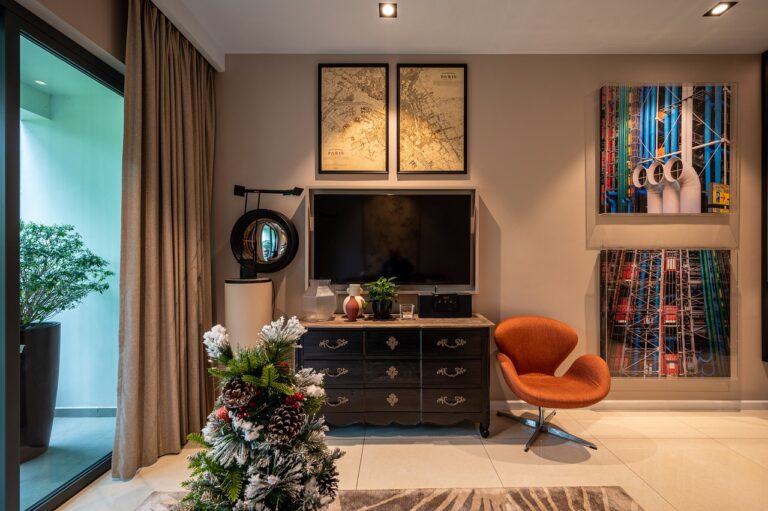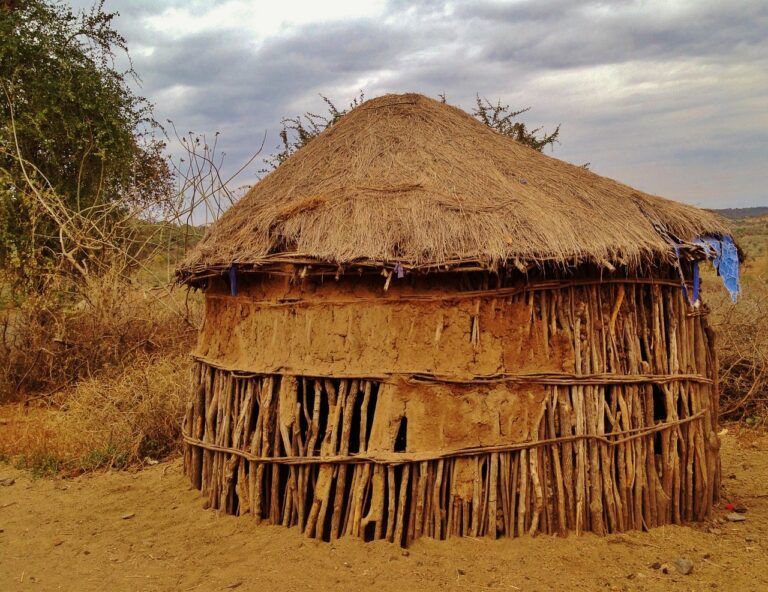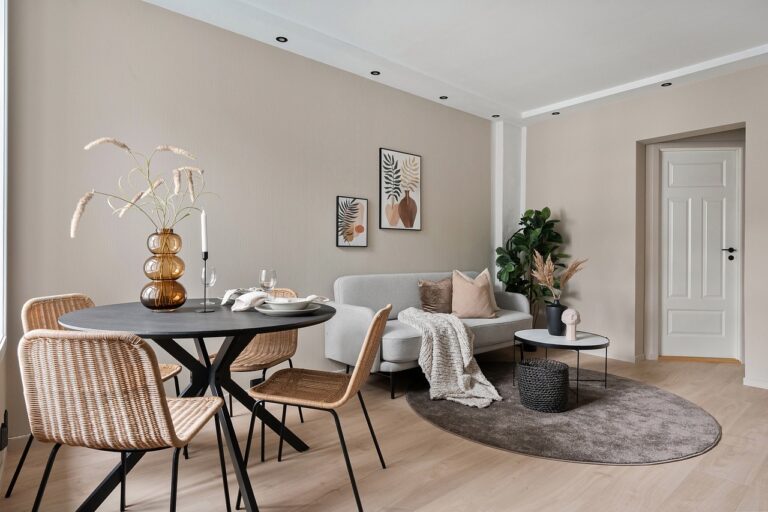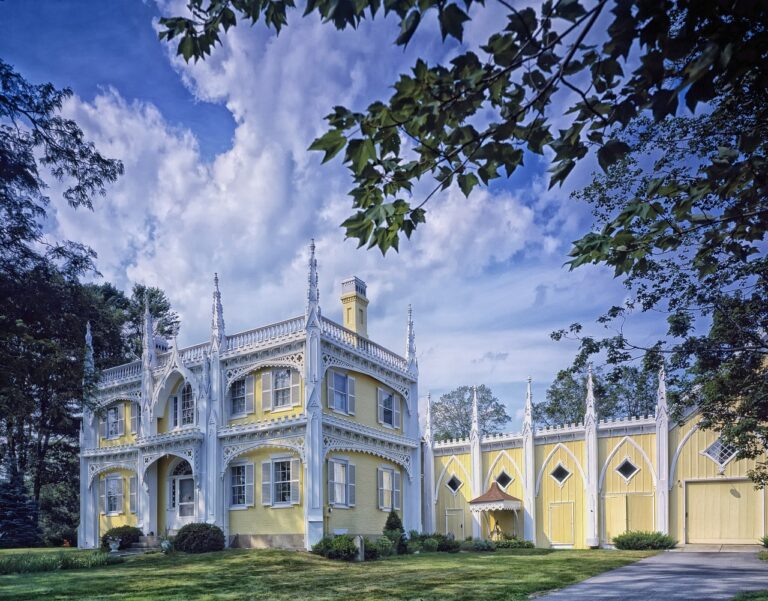A Guide to Green Roofing: Sustainable Options for Eco-Conscious Homeowners
Green roofing offers a range of advantages that make it an appealing option for both residential and commercial buildings. One of the primary benefits is its ability to improve energy efficiency by providing natural insulation, which helps to reduce heating and cooling costs. Additionally, green roofs can help to mitigate the urban heat island effect by absorbing heat and releasing it slowly, lowering temperatures in cities and decreasing the reliance on air conditioning.
Another key advantage of green roofing is its capacity to reduce stormwater runoff by absorbing rainwater and decreasing the burden on drainage systems. By capturing and storing rainwater, green roofs can help prevent water pollution and overflow during heavy rain events. Furthermore, green roofs can extend the lifespan of the roof membrane by protecting it from UV radiation and extreme temperatures, ultimately reducing the need for frequent maintenance and repairs.
Types of Green Roof Systems
Green roofs come in various systems that cater to different needs and preferences. Extensive green roofs are lighter and require minimal maintenance with shallow soil depths, making them suitable for buildings with load-bearing limitations. Intensive green roofs, on the other hand, have deeper soil and support a wider variety of plant types, creating a more elaborate rooftop garden space.
Semi-intensive green roofs offer a middle ground between extensive and intensive systems, providing a balance of plant diversity and maintenance requirements. This option is ideal for those looking to incorporate a mix of vegetation while keeping maintenance manageable. Each type of green roof system offers unique benefits, allowing property owners to choose the one that best suits their specific requirements and goals.
Choosing the Right Plants for Your Green Roof
Choosing the right plants for your green roof is essential in ensuring its success and longevity. When selecting plants, consider factors such as the climate of your region, exposure to sunlight, and the weight capacity of your roof to support the vegetation. Opt for native plants that are well-adapted to the local environment, as they require less maintenance and are more likely to thrive.
Sedums, grasses, and wildflowers are popular choices for green roofs due to their ability to withstand harsh conditions and provide habitat for beneficial insects. Additionally, consider incorporating a mix of plant species to increase biodiversity and create a visually appealing rooftop garden. Proper plant selection is crucial in creating a sustainable green roof that not only enhances the aesthetics of your building but also contributes to environmental conservation.
• Sedums, grasses, and wildflowers are popular choices for green roofs
• Opt for native plants that are well-adapted to the local environment
• Consider factors such as climate, sunlight exposure, and weight capacity of your roof
• Incorporate a mix of plant species to increase biodiversity
Choosing the right plants for your green roof is essential in ensuring its success and longevity. When selecting plants, consider factors such as the climate of your region, exposure to sunlight, and the weight capacity of your roof to support the vegetation. Opt for native plants that are well-adapted to the local environment, as they require less maintenance and are more likely to thrive.
Sedums, grasses, and wildflowers are popular choices for green roofs due to their ability to withstand harsh conditions and provide habitat for beneficial insects. Additionally, consider incorporating a mix of plant species to increase biodiversity and create a visually appealing rooftop garden. Proper plant selection is crucial in creating a sustainable green roof that not only enhances the aesthetics of your building but also contributes to environmental conservation.
What are the benefits of green roofing?
Green roofs provide insulation, reduce energy costs, improve air quality, reduce stormwater runoff, and create habitat for wildlife.
What are the different types of green roof systems?
There are extensive green roofs, which are lightweight and low-maintenance, and intensive green roofs, which are more elaborate and can support a wider variety of plants.
How do I choose the right plants for my green roof?
Consider factors such as climate, sunlight exposure, wind conditions, and maintenance requirements when selecting plants for your green roof. Consult with a landscaping professional for guidance.







